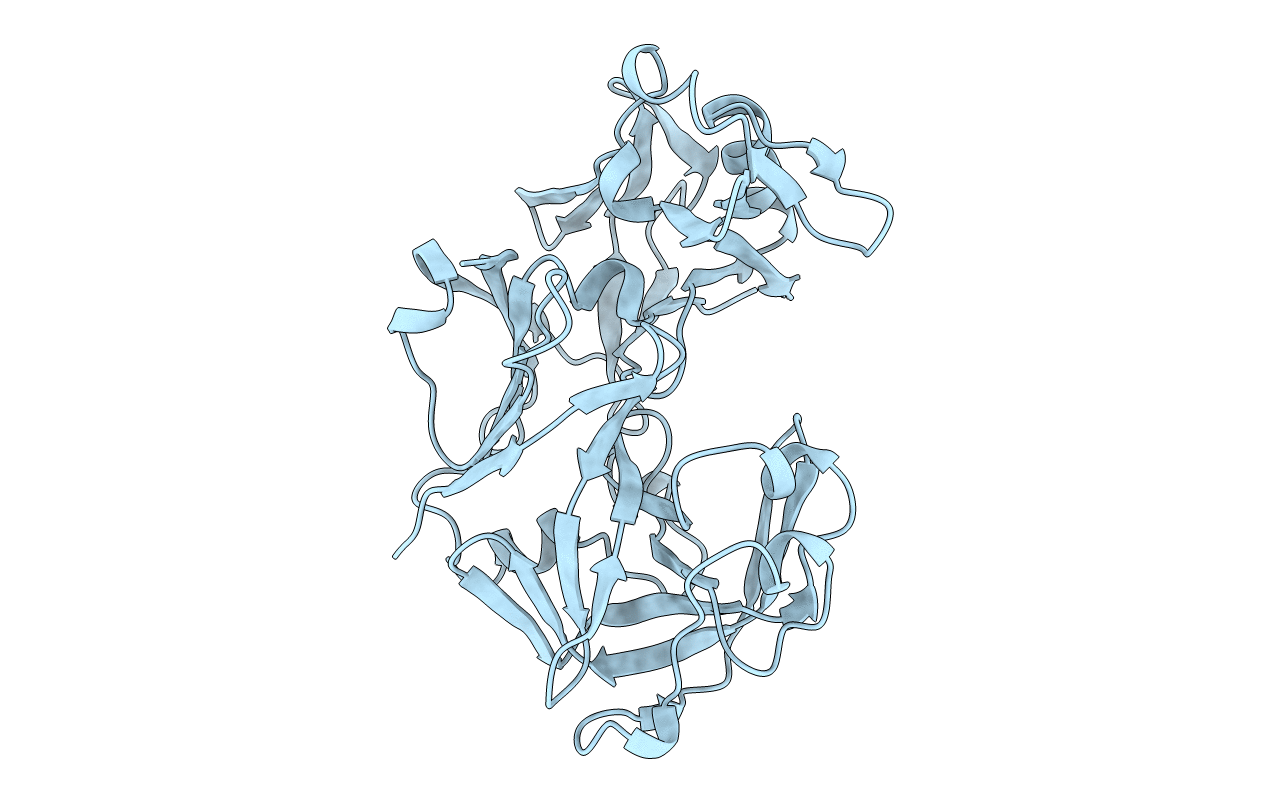
Deposition Date
1990-02-26
Release Date
1992-10-15
Last Version Date
2024-10-30
Entry Detail
PDB ID:
3CMS
Keywords:
Title:
ENGINEERING ENZYME SUB-SITE SPECIFICITY: PREPARATION, KINETIC CHARACTERIZATION AND X-RAY ANALYSIS AT 2.0-ANGSTROMS RESOLUTION OF VAL111PHE SITE-MUTATED CALF CHYMOSIN
Biological Source:
Source Organism:
Bos taurus (Taxon ID: 9913)
Method Details:
Experimental Method:
Resolution:
2.00 Å
R-Value Observed:
0.19
Space Group:
I 2 2 2


